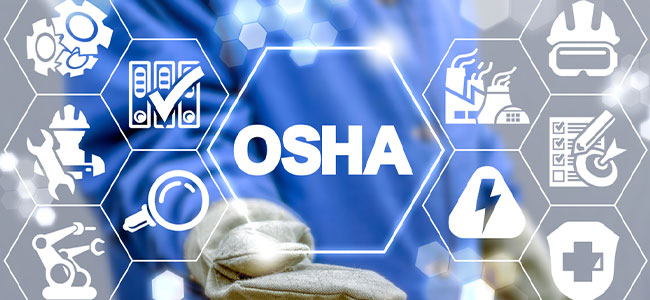
The company faces more than $40,000 in proposed penalties.

The Virginia-based company retaliated against a seaman who reported safety concerns.
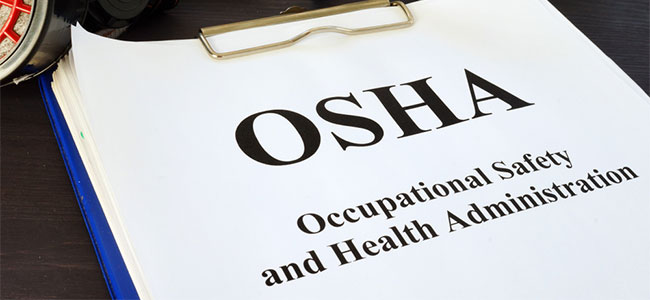
The company faces nearly $300,000 in proposed penalties.
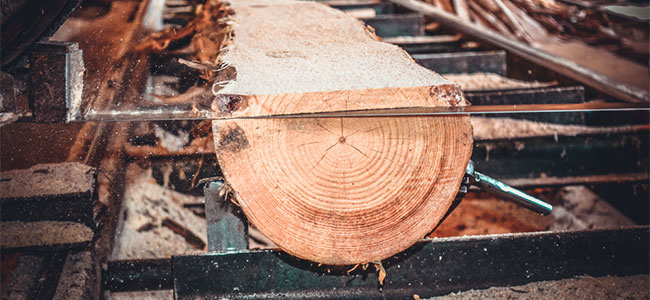
Missouri Mats now faces $346,954 in proposed penalties.
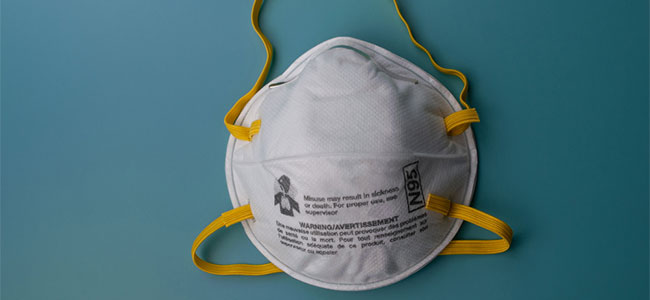
The three-part competition aims to inspire improvements in worker safety.
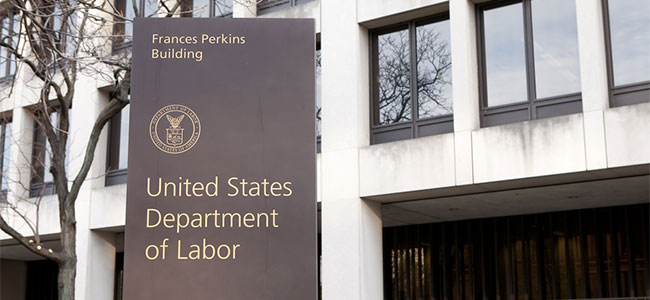
The change would increase protection for construction workers.

Taking steps to protect your workers can also have a large impact on the environment.

More than 20 percent of respondents said their mental health has suffered.

The meeting gives the public the chance to address the committee.

This latest round of citations brings Dollar General to $21 million in proposed penalties since 2017.